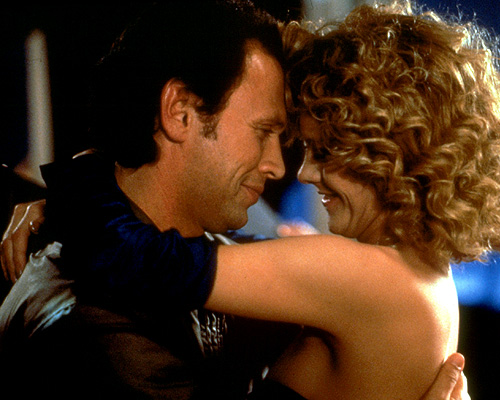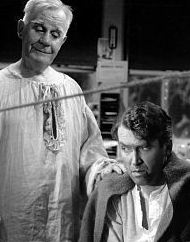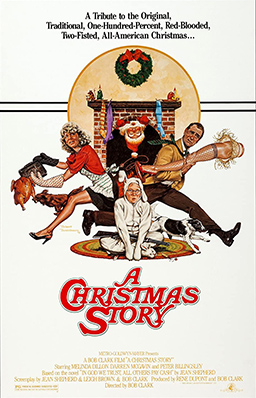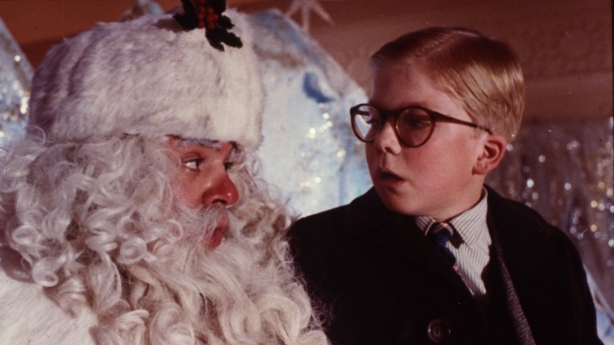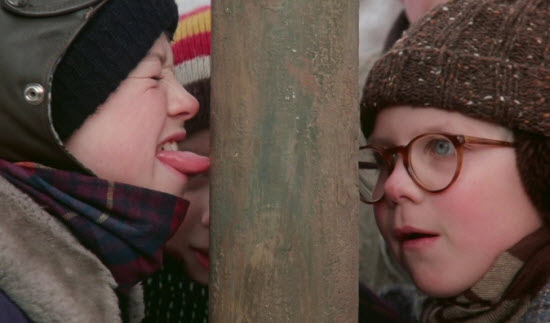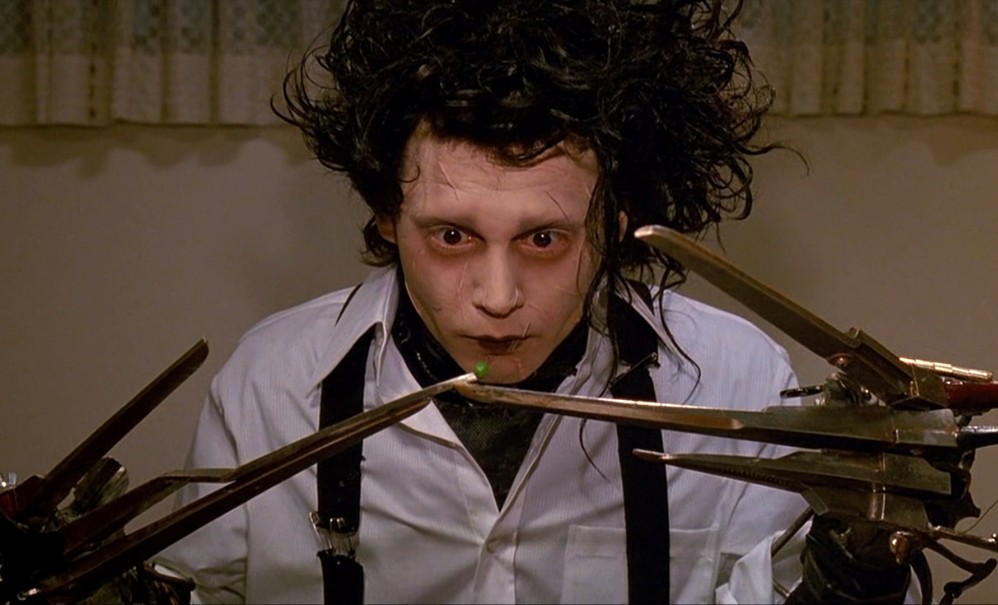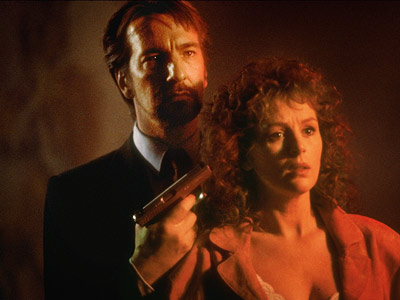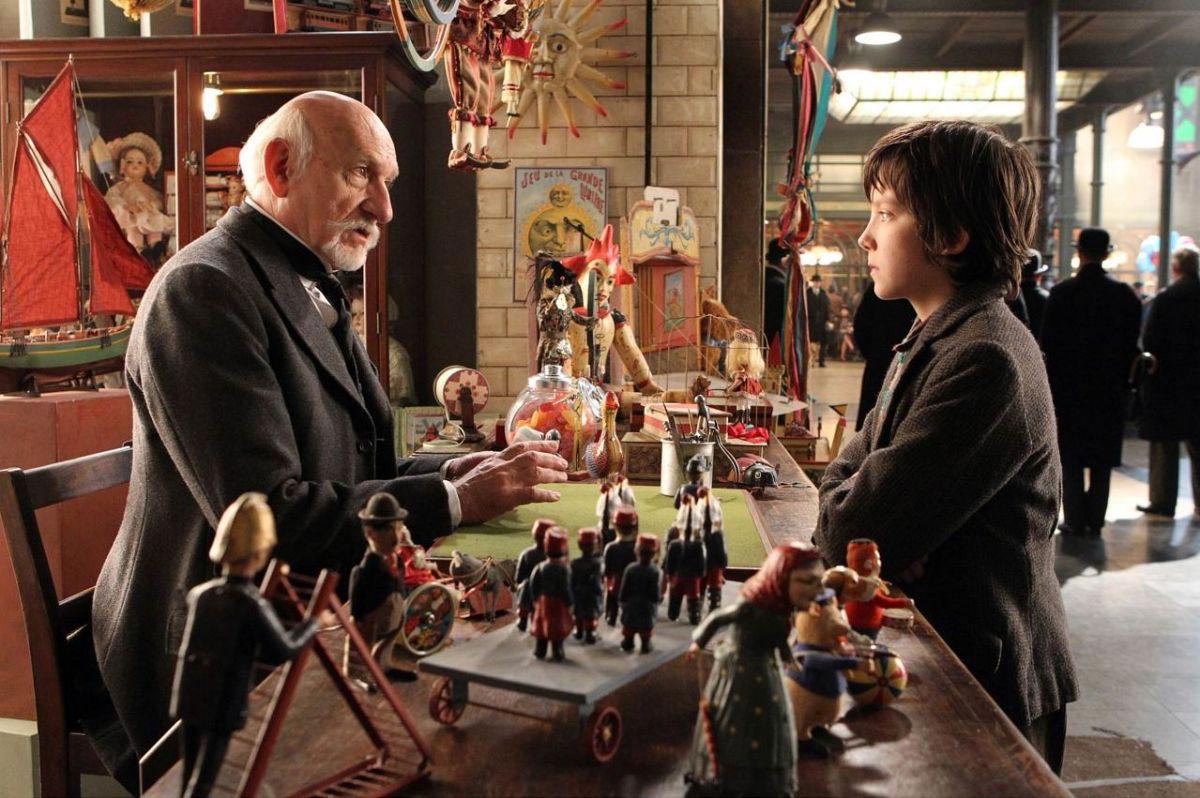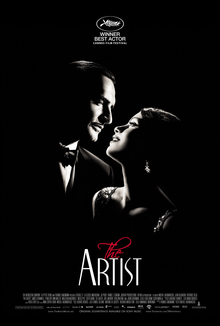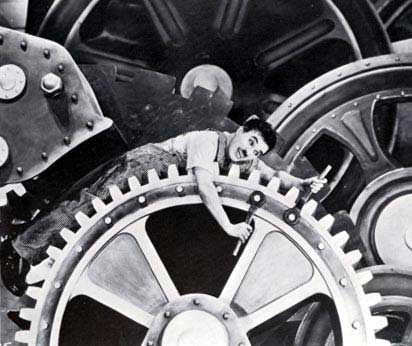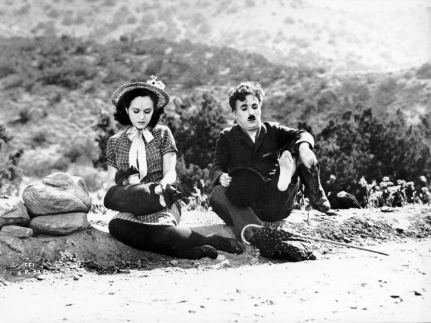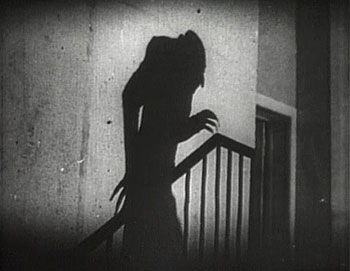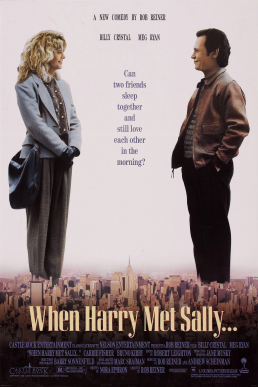 #830- When Harry Met Sally... (1989)
#830- When Harry Met Sally... (1989)Starring: Billy Crystal, Meg Ryan, Carrie Fisher
Directed by: Rob Reiner
Plot Summary: After graduation at the University of Chicago, Amanda Reese asks her boyfriend Harry Burns to carpool with her best friend Sally Albright as both are on their way to New York. Due to their conflicting theologies on friendships and sex, they part on unfriendly terms. Throughout the years, they keep running into each other unexpectedly. As their friendship continues to grow, so does their attraction for one another, leaving Harry and Sally feeling uncertain on if their friendship will last if they decide to sleep together.
Romantic comedies have always been my biggest annoyance for films, at least in terms of choosing one to watch. To me, romantic comedies usually have the same type of story, the same type of characters, and in the '80s and '90s, Meg Ryan was in most of them. With so many of the same kind of movie, only a handful can be labelled a movie to "watch before you die," so is When Harry Met Sally... an appropriate choice? I wasn't sure what to expect, but after the film was over, I found it to be a shining example of what a romantic comedy SHOULD be. Sure it follows all the guidelines that other romantic comedies have done, there were others before it and others after it, but I still feel like it's one of the best films to blend a great love story with plenty of laughs.
Harry Burns, played by Billy Crystal, is sarcastic and arrogant, but has a charm and charisma factor that has the audience laughing and rolling their eyes at him, instead of loathing him. Harry is the character that offers the biggest amount of change throughout the film. His theologies and opinions on relationships are constantly changing through his life events. I found that to be very realistic and even appropriate for the film, as one would expect the characters to change in some way throughout the love story for the one they care about. What helps get Harry over with the audience is through Billy Crystal's performance. I'm not sure a "tall, dark, and handsome" type could deliver Harry's lines with the right amount of sarcastic humor and timing that Crystal could.
 Sally Albright, played by Meg Ryan, is more structured and considered "high-maintenance." Just viewing how Sally orders her food, the audience can figure out that she is extremely obsessive and is in need of someone to help mellow her out (*cough* Harry). Of the two, Sally was the one I identified with least, but I think I'm more inclined to understand Harry more anyways due to my gender. Looking at some of the times where I've analyzed women in film, whether that's Jenny in Forrest Gump, Neytiri in Avatar or any of the women in the silent films I've reviewed, Sally is one of the better written and performed characters I've seen so far.
Sally Albright, played by Meg Ryan, is more structured and considered "high-maintenance." Just viewing how Sally orders her food, the audience can figure out that she is extremely obsessive and is in need of someone to help mellow her out (*cough* Harry). Of the two, Sally was the one I identified with least, but I think I'm more inclined to understand Harry more anyways due to my gender. Looking at some of the times where I've analyzed women in film, whether that's Jenny in Forrest Gump, Neytiri in Avatar or any of the women in the silent films I've reviewed, Sally is one of the better written and performed characters I've seen so far.Harry and Sally have a great chemistry revolving around their conversations and conflicting theologies on relationships, which leads to many hilarious scenes of their banter. Of course, the film can't be talked about without discussing the infamous scene in the diner. They are having a casual meal at a diner, and talk about Harry's confidence in the bedroom, and Sally goes on to prove him wrong (I won't explain how, for the sake of spoilers and decency). From the timing of the banter, you can see two people actually talking, instead of actors reciting lines in a screenplay. The two also have great timing interacting with their friends Jess and Marie, played by Bruno Kirby and Carrie Fisher respectively, allowing Harry and Sally to interact with different types of couples.
Their critiques of the relationships help peel the layers for the relationship Harry and Sally are searching for, with each other. Knowing what type of characters they are, and the fact that they dislike each other at the beginning, you know EXACTLY how the film is going to end from the start. Predictability doesn't matter for the film, as long as it is able to pull the audience in through the personalities of the characters and the anticipation for the characters to finally get together. As you'd expect, they *SPOILERS* won't get together until the end, on New Year's Eve (hence why I'm choosing it as my last review of the year), and while Harry wins Sally over with one of the most predictable of movie ending speeches, it is still full of emotion and the audience can't help but smile as both of them will finally get what they want.
Rating: 4.5 out of 5 stars
Often looked at as one of the greatest romantic comedies of all time, as well as a film that can be watched around New Year's Eve, When Harry Met Sally... is a great film full of enough laughs and romance to satisfy any couple, so I recommend all couples make it a date night movie this New Year's Eve.
Comment below to share your thoughts on the movie or to discuss a topic that I left out of my review
When Harry Met Sally... and movie images are copyrighted by Castle Rock Entertainment
